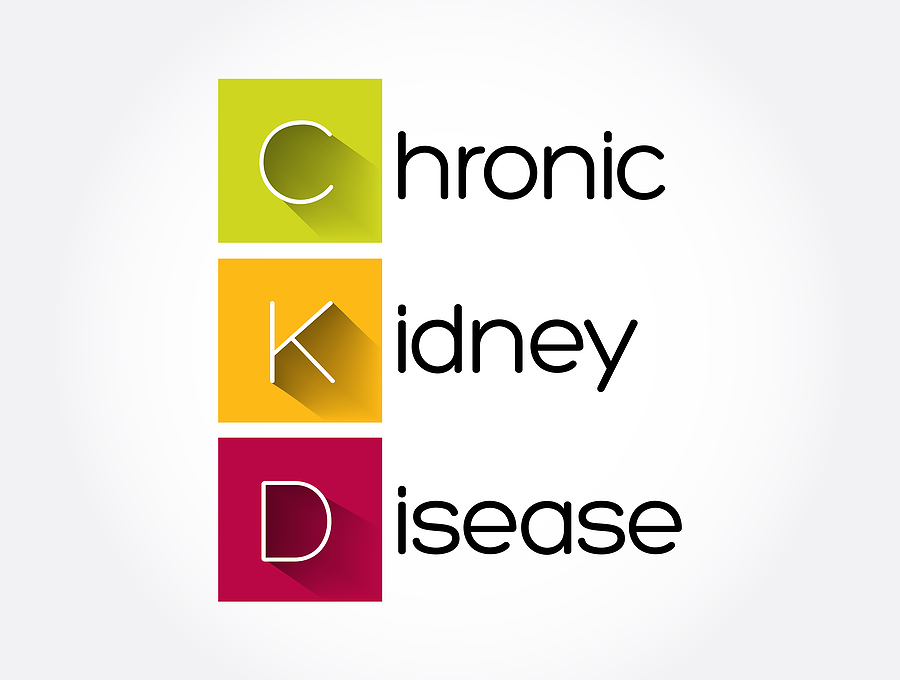How to Get VA C&P Exam Results – Military pilots face a unique challenge as they transition to civilian flying careers. Like all veterans, they are entitled to VA disability compensation for medical conditions that were exacerbated by their military service.
But, unlike other veterans, they also need to convince the FAA that none of those disabilities impair their ability to safely fly airplanes. Doing that requires sharing VA records with the FAA that are shockingly hard to come by and not routinely provided to veterans themselves.
This article discusses the differences between disability and diagnosis. It also explains how to obtain the Compensation and Pension (C&P) exam documentation so often required by the FAA.
FAA Medical Questions
As we have previously discussed, the FAA medical certification requires the disclosure of several types of medical information. The FAA asks about the medications, presence or absence across the lifetime of specific medical diagnoses (lifetime medical history), any “other illness, disability or surgery,” driving and drug use, medical disqualification from the military or life insurance, and any disability compensation.
Next, the FAA asks the airman applicant to list all visits to a treating health professional within the last 3 years (current medical history).
What Does Disability Mean?
The Americans with Disabilities Act (ADA) defines a disability as, “any condition of the body or mind (impairment) that makes it more difficult for the person with the condition to do certain activities (activity limitation) and interact with the world around them (participation restrictions).”
The Social Security Administration (SSA) focuses that concept a bit more by defining disability as “the inability to engage in substantial gainful activity (SGA) due to an…impairment that is expected to last for at least 12 months or result in death.”
VA’s Standard Ratings for Disability (VASRD)
The VA’s Standard Ratings for Disability (VASRD) uses a similar concept. The VA makes disability determinations based upon “the average impairment in earning capacity resulting from such diseases and injuries and their residual conditions in civil occupations.”
Common to all these definitions, to qualify for disability benefits, a condition must produce tangible, enduring limitations on your day-to-day activities. That is why the FAA gets concerned.
Public Disability Benefits Questionnaires
When considering disability claims, the VA casts a wide net by considering treatment records, military service physical examination reports, and patient questionnaires.
Still, many separating military members lack adequate records to support their disability claims. The VA knows that military members are busy and can’t always make it to the doctor to get their health complaints completely evaluated while they are on active duty.
Many health complaints and health conditions never make it through the diagnostic process. Despite that, the VA still needs a way to make informed decisions on disability claims.
The VA uses a series of forms called Public Disability Benefits Questionnaires (DBQs) as a gap-filling measure so the disability rating process can continue. DBQs are used to collect information specific to VA disability ratings.
DBQs do not seek to substitute for, or duplicate, the diagnostic process. They simply try to gather enough information to establish a disability rating.
Despite their name, DBQs are not filled out by patients. DBQs are typically filled out for patients by a licensed health professional – preferably by the provider who treats the condition.
That is, if you have hypertension then the provider who treats your hypertension should fill out the DBQ. In practice, that seldom happens.
Instead, the VA contracts with physicians to fill out the required DBQs for service members filing disability claims. The appointments with these providers are known as C&P exams.
In many cases, the VA makes its disability determinations based solely on DBQs produced during C&P exams. Surprisingly, completed DBQs are not provided to veterans and often do not become part of the VA medical record system.
The Gray Area Between Diagnosis and VA Disability
While there is some overlap, not every diagnosis is a VA disability. And not every VA disability meets diagnostic criteria. You can better understand both the VA and FAA decision processes if you get this key concept: disability and diagnoses are not interchangeable terms.
A diagnosis is a disease or injury that has been evaluated by a licensed health professional capable of making a diagnosis based on established clinical guidelines. You may be well diagnosed, but not merit disability.
The VA also relies on input from licensed health professionals when evaluating a disability application or claim. However, a disability rating does not require the applicant to have gone through a complete diagnostic process.
Rather, the applicant simply has to meet the disability criteria listed in the VASRD. Medical evidence, including diagnostic and treatment records, is used to make disability ratings.
However, meeting medical diagnostic criteria and qualifying for VA disability benefits are two separate processes.
The Fourth State: Not Diagnosed and Disabled
There are four possible states for health complaints or health conditions under diagnostic and disability criteria:
- Diagnosed but not disabled
- Diagnosed and disabled
- Not diagnosed and not disabled
- Not diagnosed and disabled
The fourth state, “Not diagnosed and disabled”, is a common point of confusion. I recently had a client who was rated 100% disabled by the VA for Post Traumatic Stress Disorder (PTSD).
To the average physician, a 100% disability rating elicits a mental image of a highly unstable veteran with frequent hospitalization and a long list of medications. However, when we interviewed the client he was very serene.
He denied having ever seen a psychologist, or a psychiatrist. Moreover, he also denied ever being admitted to a mental health facility, or taking any medication whatsoever. He stated his mental health was fairly well managed with diet and exercise. However, he was 100% disabled for PTSD by the VA.
The rating was based upon a single visit with a VA contract provider for a C&P exam in which a PTSD questionnaire was used. The client’s answers to the VA contract provider established his disability as 100% due to PTSD even though the client carried no medical records or formal diagnosis of PTSD.
This is only possible under the Fourth State: not diagnosed and disabled. You can be disabled even though you do not meet the diagnostic criteria for a condition. If that sounds ambiguous to you, you’re not alone.
FAA Needs Facts, Not Ambiguity
If you have any VA disability ratings, then you may have a disability in the “fourth state.” That is extremely challenging when it comes to FAA medical certification.
The FAA wants to know with certainty what is going on with every pilot who holds a medical certificate. If you have health complaints, the FAA wants you to go through a workup to get a diagnosis. This allows the FAA to determine if you are safe to fly. A “fourth state” disability creates too much ambiguity for aviation safety.
Our client with PTSD was in a tough spot. When he did his initial FAA medical, the FAA sent a request for all medical evidence available on his PTSD diagnosis.
They wanted treatment records, medication lists, and all other available medical documentation. Because of his “fourth state” disability, his ability to respond was limited. He was disabled due to PTSD, though not diagnosed or treated for it.
The only time he had been evaluated by a mental health professional was during his C&P exam and the DBQ was the only place that the provider documented their findings.
Obtaining a copy of that DBQ and any other information the VA considered in making its disability decision would be critical in qualifying for an FAA medical certificate.
Another client’s C&P exam stated “The patient has denied all symptoms of PTSD but I am concerned he is minimizing his symptoms to protect future employment. Therefore I am assigning PTSD as a disability anyway.”
Being able to provide this document to the FAA was crucial to him having a speedy resolution to his medical certification.
Unfortunately, those records can be hard to come by. While some VA records are available for download at the va.gov website, the complete and detailed information required for the FAA must be requested as part of something called a “C-File”.
How to Request your C File (which contains C&P exam results)
You can request your C file in a few different ways:
- You can go in person to your VA Regional Office and get some documents. However, the VA Regional Office will only make a copy of whatever hard copy files they have on hand. To get your complete file (which includes the electronic files), you have to use method 2.
- You can request your local VA Regional Office by filling out and submitting a VA form 3288. Historically, this can take many months.
- You can file a Freedom of Information Request online. Historically, this takes longer than the C-File request.
Regardless of which method you choose, qualifying for an FAA medical certificate after the VA awards a “fourth state” disability often relies heavily on producing a copy of the VA’s C-File for the FAA.
Pilots in the process of applying for VA disabilities should anticipate that and make their requests as early as possible (well before the FAA asks for it).
The FAA may require significantly more medical documentation. However, the C-File is seldom-discussed and obtaining it frequently causes months-long delays with the FAA.
To find out more about navigating the FAA medical certification process after receiving VA disability benefits or a new medical diagnosis, visit our website to schedule a free consultation.
Follow us on Facebook.com/wingmanmed





